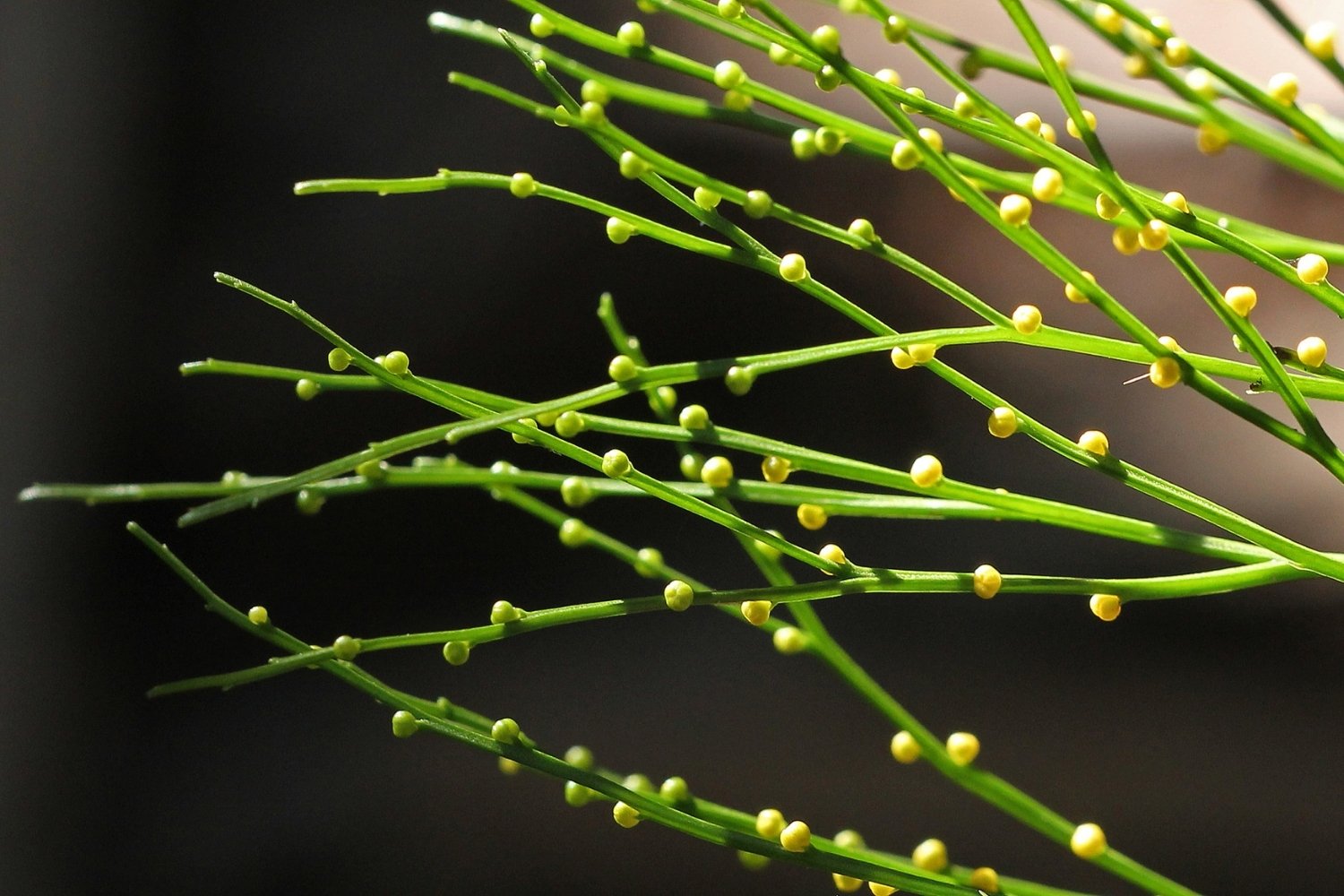
Psilotum, often called whisk ferns, are fascinating plants that have intrigued botanists for years. Did you know Psilotum lacks true roots and leaves? Instead, they have rhizomes and small, scale-like structures. These ancient plants belong to the division Psilotophyta and are considered living fossils. Found in tropical and subtropical regions, Psilotum thrives in moist, shaded environments. Their simple structure and unique reproductive methods make them a subject of study in plant evolution. Ever wondered how these plants reproduce? They use spores, not seeds, to propagate. Despite their simplicity, Psilotum plays a crucial role in understanding plant evolution and the transition from simple to complex plant forms. Dive into these 25 intriguing facts about Psilotum to learn more about these remarkable plants!
What is Psilotum?
Psilotum, often called whisk ferns, are fascinating plants that have intrigued botanists for years. These primitive plants have unique characteristics that set them apart from other ferns and vascular plants. Let's dive into some intriguing facts about Psilotum.
Ancient Origins
Psilotum has a rich history that dates back millions of years. Here are some facts about its ancient lineage:
- Psilotum is considered a "living fossil" because it closely resembles some of the earliest vascular plants.
- These plants have been around since the Devonian period, which was about 400 million years ago.
- Psilotum lacks true roots and leaves, a trait shared with some of the earliest land plants.
Unique Structure
The structure of Psilotum is quite different from most plants. Here are some facts about its unique anatomy:
- Psilotum has a simple, dichotomously branching stem, meaning it splits into two equal parts.
- Instead of true leaves, Psilotum has small, scale-like structures called enations.
- The plant absorbs water and nutrients through its stem and rhizoids, rather than roots.
Reproduction
Reproduction in Psilotum is equally fascinating. These plants have a unique way of propagating themselves:
- Psilotum reproduces through spores, not seeds.
- The spores are produced in small, yellowish structures called synangia.
- Psilotum has a two-phase life cycle, alternating between a gametophyte and a sporophyte stage.
Habitat
Psilotum can be found in various environments. Here are some facts about where they thrive:
- Psilotum is commonly found in tropical and subtropical regions.
- These plants often grow as epiphytes, meaning they live on other plants without harming them.
- Psilotum can also be found in rocky, well-drained soils.
Symbiotic Relationships
Psilotum has some interesting relationships with other organisms:
- Psilotum forms a symbiotic relationship with mycorrhizal fungi, which help the plant absorb nutrients.
- The fungi live within the plant's tissues, providing essential minerals in exchange for carbohydrates.
- This relationship is crucial for the plant's survival, especially in nutrient-poor environments.
Uses and Benefits
While not commonly known, Psilotum has some uses and benefits:
- In traditional medicine, Psilotum has been used to treat various ailments.
- Some cultures use Psilotum in rituals and as a symbol of longevity.
- Psilotum is also studied for its potential in understanding plant evolution and development.
Conservation Status
The conservation status of Psilotum is worth noting:
- Psilotum is not currently considered endangered, but habitat destruction poses a threat.
- Conservation efforts focus on preserving the natural habitats where Psilotum thrives.
- Botanical gardens and research institutions play a role in conserving Psilotum species.
Fun Facts
Here are some fun and quirky facts about Psilotum:
- Psilotum is one of the few plants that can grow in nutrient-poor environments.
- The plant's simple structure makes it a favorite subject for botanical studies.
- Psilotum's unique appearance has earned it a place in many botanical gardens worldwide.
- Despite its ancient origins, Psilotum continues to captivate scientists and plant enthusiasts alike.
The Magic of Psilotum
Psilotum, often overlooked, holds a treasure of fascinating facts. This ancient plant, with its simple structure, offers a glimpse into the early days of plant evolution. Its lack of roots and leaves, reliance on rhizoids, and unique reproduction methods make it a standout in the plant kingdom. Psilotum's ability to thrive in various environments, from tropical forests to rocky outcrops, showcases its adaptability. Its use in traditional medicine highlights its importance beyond just being a botanical curiosity. Understanding Psilotum not only enriches our knowledge of plant biology but also connects us to the Earth's ancient past. Next time you encounter this unassuming plant, remember the incredible journey it represents. From its ancient origins to its modern-day significance, Psilotum is a living testament to the resilience and wonder of nature.
Was this page helpful?
Our commitment to delivering trustworthy and engaging content is at the heart of what we do. Each fact on our site is contributed by real users like you, bringing a wealth of diverse insights and information. To ensure the highest standards of accuracy and reliability, our dedicated editors meticulously review each submission. This process guarantees that the facts we share are not only fascinating but also credible. Trust in our commitment to quality and authenticity as you explore and learn with us.
